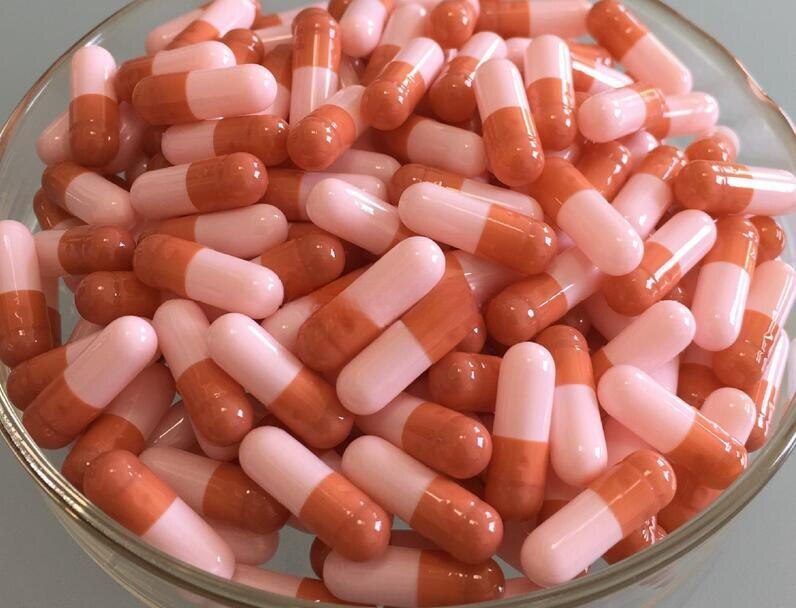Mechanism of action
Hypla is a reversible selective inhibitor of cyclic guanosine monophosphate (cGMP)-specific phosphodiesterase type 5 (PDE-5). When sexual arousal causes the local release of nitric oxide, inhibition of PDE-5 by Hypla leads to an increase in the concentration of cGMP in the cavernous body of the penis. The consequence of this is the relaxation of smooth muscles and blood flow to the tissues of the penis, which causes an erection. Hyplahas no effect in the treatment of erectile dysfunction in the absence of sexual arousal.
Benign prostatic hyperplasia (BPH)
In the smooth muscles of the prostate gland, bladder and the vessels that supply them with blood, inhibition of PDE-5 has a similar effect on the concentration of cGMP, as in the cavernous body of the penis. As a result, the smooth muscles of the vessels relax, which leads to an increase in blood perfusion and, as a result, to a decrease in the severity of BPH symptoms. Inhibition of afferent activity of the nerves of the bladder and relaxation of the smooth muscles of the prostate and bladder can further enhance vascular effects.
Pharmacodynamic effects
In vitro studies have shown that Hypla is a selective inhibitor of PDE-5. PDE-5 is an enzyme found in the smooth muscles of the cavernous body, vascular and visceral smooth muscles, skeletal muscles, platelets, kidneys, lungs and cerebellum. Among all phosphodiesterases, Hypla has the most pronounced effect on PDE-5. The effect of Hypla on PDE-5 is more than 10,000 times higher than on PDE-1, PDE-2, PDE-3 and PDE-4 (enzymes that are found in the heart, brain, blood vessels, liver and other organs). The selectivity of Hypla against PDE-5 compared to PDE-3 is of particular importance, since PDE-3 is an enzyme that regulates myocardial contractility. In addition, the effect of Hypla on PDE-5 is approximately 700 times higher than on PDE-6 (an enzyme that is located in the retina and is responsible for phototransduction). Hypla is also more than 10,000 times more active against PDE-5 than against PDE-7 — PDE-10.
Clinical efficacy and safety
Hypla in healthy volunteers does not cause significant changes in systolic and diastolic blood pressure in the supine position compared with placebo (the average maximum decrease is 1.6/0.8 mmHg, respectively) and in the standing position (the average maximum decrease is 0.2/4.6 mmHg, respectively). Hypla does not cause a significant change in heart rate.
In a study evaluating the effect of Hypla on vision, color perception disorders (blue/green) were not detected using the Farnsworth-Mansell 100 color shades test, which is explained by the lower affinity of Hypla for PDE-6 compared with PDE-5. In all clinical studies, reports of color vision disorders were rare (<0.1%).
To assess the potential effect of Hypla on spermatogenesis, three studies were conducted with men using the drug at a dose of 10 mg (one 6-month study) and 20 mg (one 6-month and one 9-month study) on a daily basis. In two of these studies, there was a decrease in the number and concentration of spermatozoa, the clinical significance of which is unlikely. These effects were not accompanied by changes in other parameters such as mobility, morphology, and follicle stimulating hormone (FSH) levels.
Erectile dysfunction
Three clinical studies were conducted to assess the response period when using Hypla on demand. Patients took the drug at home. Hypla demonstrated statistically significant improvement in erectile function, the ability to perform sexual intercourse up to 36 hours after taking it, as well as the ability of patients to achieve and maintain an erection for sexual intercourse as early as 16 minutes after using Hypla compared with placebo.
In a 12-week study involving patients with erectile dysfunction that developed against the background of spinal cord injury, Hypla at a dose of 10 or 20 mg (non-strict dose, on demand) significantly improved erectile function compared with placebo.
The use of Hypla in doses from 2 to 100 mg was studied in 16 clinical trials that demonstrated the effectiveness of Hyplacompared with placebo. These studies included patients of different ages (ranging from 21 to 82 years old) and ethnic groups with erectile dysfunction of varying severity (mild, moderate, severe) and etiology. In most patients, erectile dysfunction occurred at least a year before participating in the study.
To evaluate the daily intake of Hypla at doses of 2.5, 5 and 10 mg, 3 clinical studies were conducted that demonstrated the effectiveness of Hypla compared with placebo. The study included patients of different ages (ranging from 21 to 82 years old) and ethnic groups with erectile dysfunction of varying severity (mild, moderate, severe) and etiology. One of these studies involved patients who developed erectile dysfunction on the background of diabetes mellitus.
Benign prostatic hyperplasia (BPH)
Hypla was evaluated in 4 12-week clinical trials involving patients with BPH symptoms. In all 4 studies, 1 week after the start of taking Hypla at a dose of 5 mg, there was an improvement in the overall result of the assessment according to the international scale of symptoms for prostate diseases. In addition, these studies assessed an improvement in erectile dysfunction, as well as a decrease in BPH symptoms in patients with both of these conditions while taking Hypla. The preservation of the effect was evaluated in an additional part of one of the studies conducted according to an open scheme, which showed that the improvement in the overall result of the assessment according to the international scale of symptoms for prostate diseases, observed 12 weeks after the start of treatment, persisted for up to 1 additional year when treated with Hypla at a dose of 5 mg.

